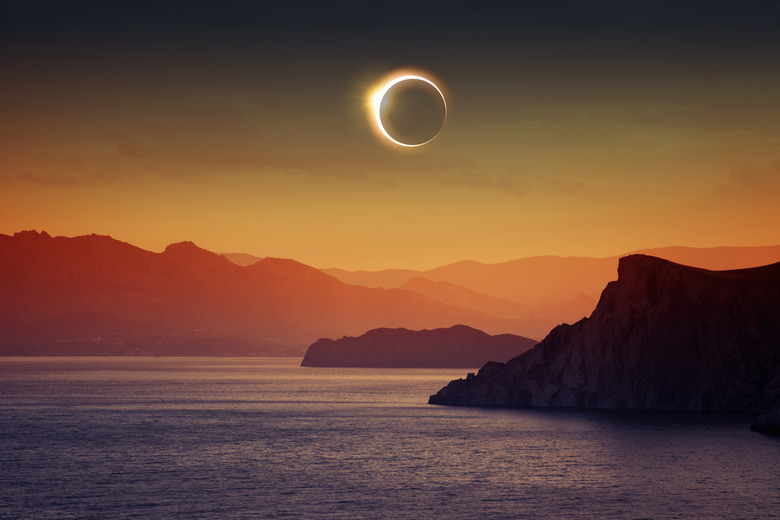Parades, Parties, And Port-A-Potties: Eclipse Mania Is Taking Hold From Coast To Coast
It looks like an ordinary Nebraska cornfield, but Louis Dorland sees something more: an ideal place to observe the Great American Eclipse.
The horizon extends for miles to the west and the east, with few obstructions to mar the view. It's just a two-hour drive from his home in the Omaha suburbs, but because it's deep in the country, he figures the area won't be packed with skywatchers on the big day.
Dorland spent an entire day scouting locations in search of a quiet spot to spend about 2 1/2 unforgettable minutes, when day will eerily give way to night. The tricky part was making sure the guy who owned the cornfield wouldn't mind Dorland's setting up his binoculars and picnic blanket on the side of his property.
With some trepidation, the retired IT worker hopped out of his minivan and approached the farmer steering a green tractor near the side of the road.
"I was worried he might not be pleasant about it, but he was absolutely fine," said Dorland, who expressed his thanks by offering the farmer several pairs of paper eclipse glasses to share with his family.
Thanks to an unusual celestial alignment, the moon's shadow will race across the United States on Aug. 21, tracing a 2,800-mile arc from Oregon to South Carolina. It will take about 90 minutes for the eclipse to travel from coast to coast, plunging a roughly 70-mile-wide swath of land into a twilight-like darkness in the process.
Only in this so-called path of totality will the world grow dark enough to see the stars as the moon blots out the sun. The temperature will drop, crickets will begin to chirp and farm animals will lie down and go to sleep. If skies are clear, observers will be able to see the sun's halo-like corona, which is usually obscured by the brightness of the photosphere.
An estimated 12 million Americans are fortunate enough to live in the path of totality. But for the rest of us, viewing the first total solar eclipse to stretch across the continental U.S. since 1918 will take some strategizing.
